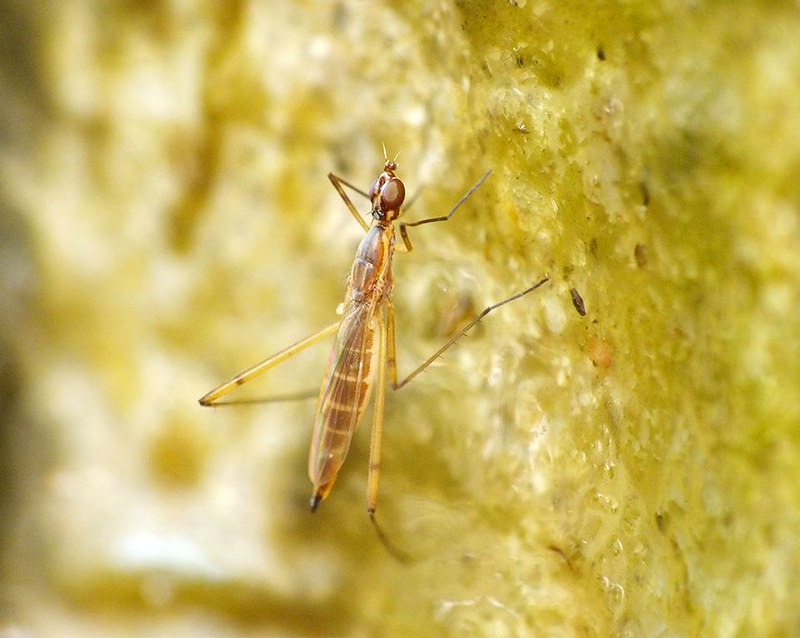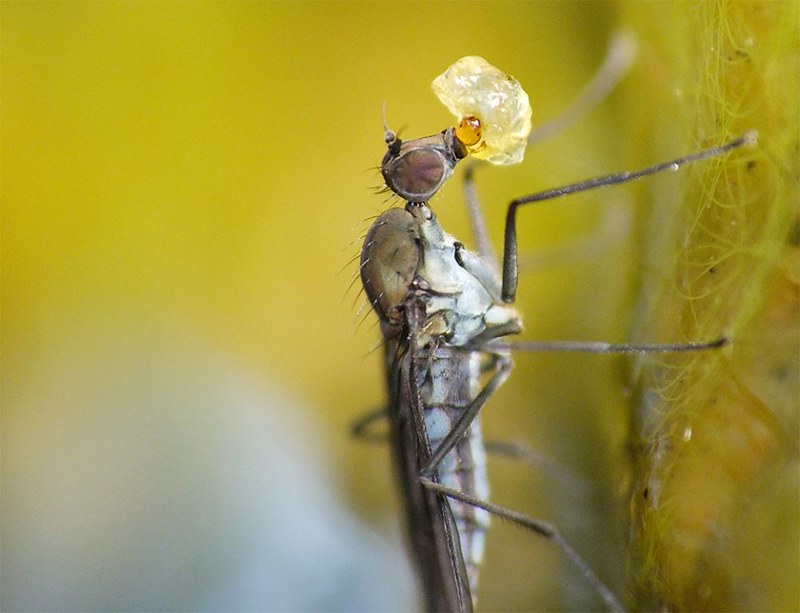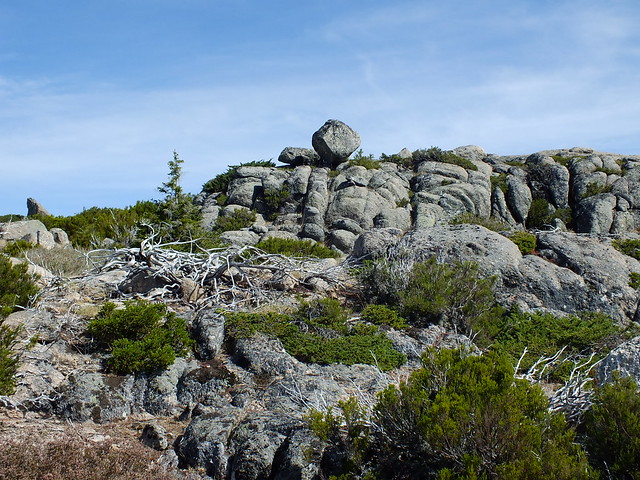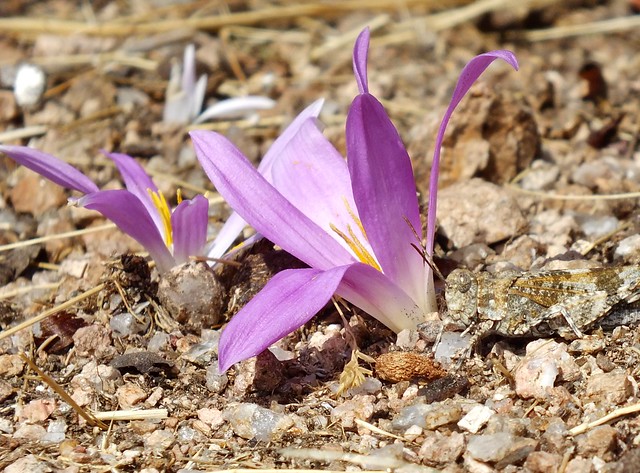9.24.2013
Serra da Estrela
Last weekend we travelled to Serra da Estrela, the highest mountain range in mainland Portugal. During two days we had the opportunity to visit various places along the mountain and have a better insight of its biodiversity.
The main objective was to collect flies but much more was observed.
The main objective was to collect flies but much more was observed.
The upper belt has a characteristic set of plant communities and a rich variety of lichens (something like 250 species). Some examples are Lasallia cf. pustulata and Rhizocarpon cf. geographicum.
Merendera montana, a very interesting plant that lacks visible foliage during flowering...and if you pay attention there is also one specimen of Oedipoda coerulea next to it.
9.18.2013
Interactions
Trichodes octopunctatus preying a cuckoo wasp (Chrysididae) while an incautious Oxythyrea funesta passes by. Below all the action, there was a spider, Mangora acalypha, that received small parts of the wasp. (April, 2013)
9.15.2013
Here's two interesting flies that I found near home. The quality of the pictures is very low since I still don't have the lens needed to get a better magnification...

The first one belongs to the family Acroceridae, known for a very singular reason: its members are parasitoids of...spiders. They are beautiful flies with their hunchback and tiny heads.
Cyrtus gibbus was the first Acroceridae that I ever found and this year, for the first time, I found Acrocera orbiculus. All the specimens were resting under the leafs of Quercus faginea and seemed to be common.
In the same spot (but resting on Osyris alba) I also saw one specimen of Ogcodes zonatus. Unfortunately, I couldn't take a picture or collect it at the time.
Usually, Medetera spp. are found on trees, rocks, walls... but this one (as others already recorded) were on the ground, preying Collembola.
Subscrever:
Mensagens (Atom)





